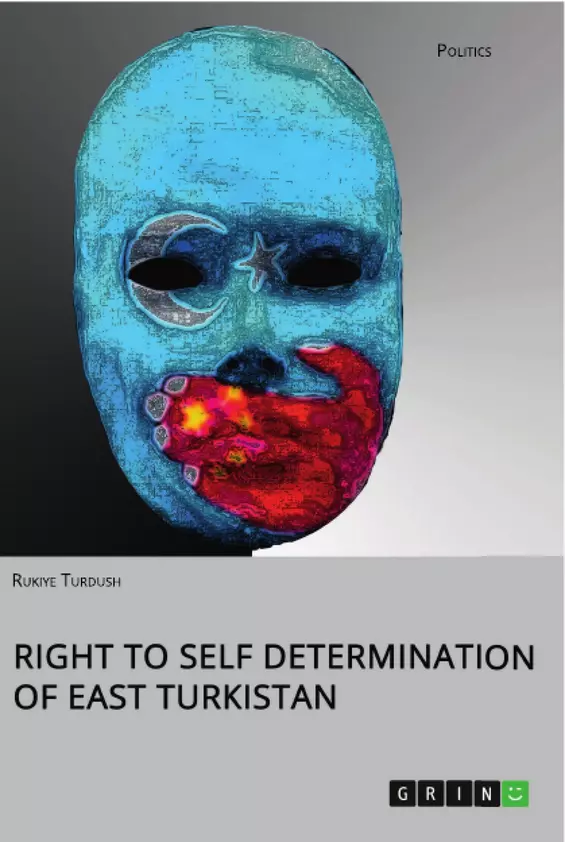After the collapse of empires of Europe, new states emerged with a commitment of self-determination. After World War Two, self-determination into international law was as an essential principle and guaranteed independence again for many states subsequent follow of decolonization. However, colonization is not ending, and independence movements are continuing today, including ethnic minorities' secession movements that were excluded or did not mention in UN self-determination law.
This paper assesses the historical and current political trends of East Turkistan, China's colonized region, the beyond the natural and logical boundary of its "Greet wall," with examples of international self-determination law and Chinese regional autonomy law to evaluate its justification for self-determination claim. Finally, the paper examines the importance of East Turkistan's independence to prevent China's total extermination of more than 11 million Uyghur and other Turkic Muslims and the importance of protecting international law principles.
Inhaltsverzeichnis (Table of Contents)
- Abstract
- Introduction
- East Turkistan is colonized territory
- People of East Turkistan are not part of the Chinese Nation
- China failed to provide internal self-determination to the people of East Turkistan
- Conclusion
Zielsetzung und Themenschwerpunkte (Objectives and Key Themes)
This paper evaluates the right to self-determination for East Turkistan, a region colonized by China. It examines the historical and current political trends of the region and uses international self-determination law to justify the region's claim for independence. Furthermore, it highlights the importance of protecting international law principles and preventing China's oppression of Uyghur and other Turkic Muslims.
- Historical and current political trends in East Turkistan
- Justification for East Turkistan's claim to self-determination under international law
- The importance of international self-determination principles
- China's colonial administration in East Turkistan
- The cultural and religious distinctiveness of the Uyghur people
Zusammenfassung der Kapitel (Chapter Summaries)
- Abstract: This paper argues for the right to self-determination for East Turkistan, drawing on the UN Charter and international law to support its case. It highlights the historical and ongoing oppression of Uyghur and other Turkic Muslims in the region.
- Introduction: The paper explores the international legal framework for self-determination, emphasizing the UN Charter and resolutions, including the Declaration on the Granting of Independence to Colonial Countries and Peoples and the Declaration on Principles of International Law concerning Friendly Relations and Co-operation among States. It also discusses the limitations of current international law in addressing secessionist movements for minority groups.
- East Turkistan is colonized territory: This section details the history of Chinese colonization in East Turkistan, starting with the Manchu conquest in the 1750s and the establishment of the First and Second East Turkistan Republics in the 20th century. It highlights the Chinese Communist Party's takeover of the region in 1949 and its subsequent repression of the Uyghur population.
- People of East Turkistan are not part of the Chinese Nation: This section argues that the Uyghur people are distinct from the Chinese nation, citing their unique language, religion, culture, and history. It also references the Supreme Court of Canada's distinction between "people" and "nation" in the Quebec secession case.
Schlüsselwörter (Keywords)
The primary focus of this text lies on the concepts of self-determination, colonization, and ethnic identity. Key terms include East Turkistan, Uyghur, Xinjiang, Chinese colonialism, international law, United Nations, decolonization, secession, and cultural distinctiveness. It also examines the implications of China's policies on the Uyghur people and the importance of protecting international law principles.
- Quote paper
- Rukiye Turdush (Author), 2020, Right to Self Determination of East Turkistan, Munich, GRIN Verlag, https://www.grin.com/document/948400



